Retiring early in Canada isn’t just about saving aggressively, but about being smart with taxes. For many Canadians, a well-crafted tax strategy can mean shaving years off their working life and stretching retirement dollars further. From maximizing registered accounts to leveraging credits and deductions, Canadians are finding creative ways to keep more of what they earn. Here are 23 tax strategies Canadians are using to retire early:
Maximizing RRSP Contributions
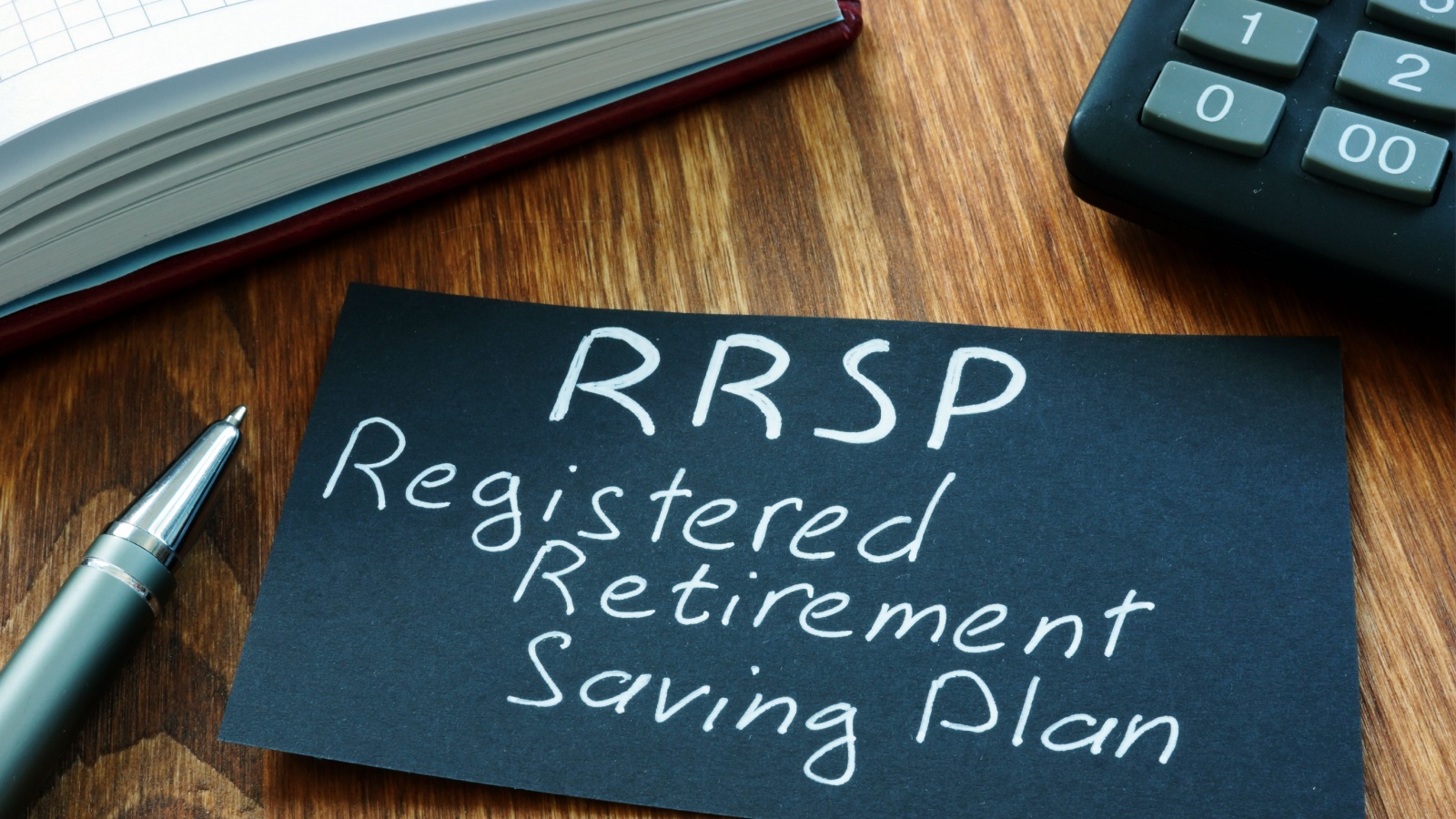
Registered Retirement Savings Plans (RRSPs) remain the cornerstone of early retirement tax planning in Canada. By contributing the maximum allowable amount, Canadians can lower their taxable income while building a strong nest egg. The immediate tax deduction often results in a sizeable refund that can be reinvested, compounding wealth over time. Many also time their withdrawals strategically in retirement, when their income is lower, reducing the overall tax burden. This dual benefit, upfront tax savings and deferred low-tax withdrawals, makes RRSPs one of the most effective tools for those aiming to retire earlier.
Using a TFSA for Tax-Free Growth
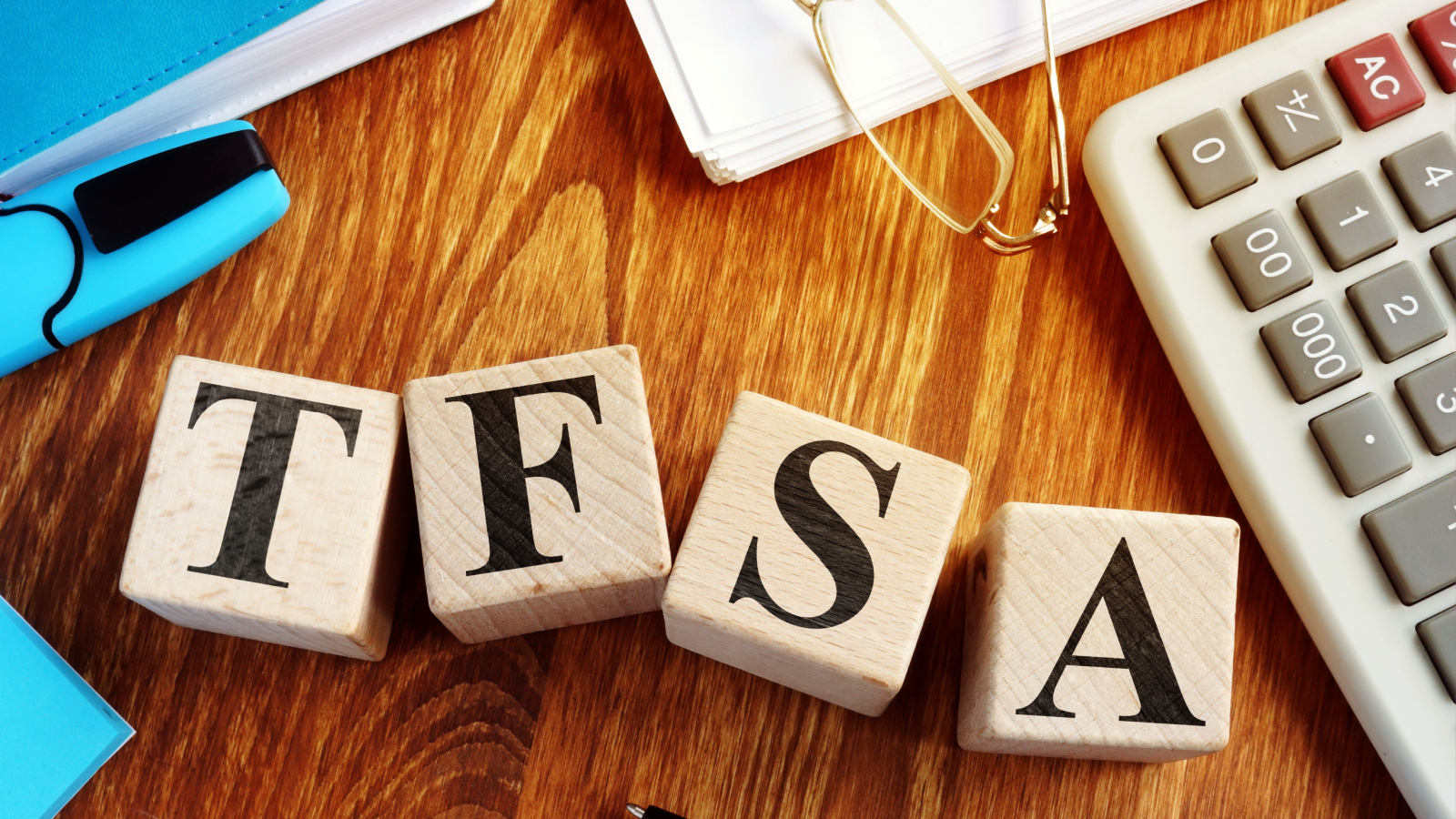
The Tax-Free Savings Account (TFSA) is increasingly seen as an early retirement powerhouse. Unlike RRSPs, contributions aren’t tax-deductible, but all growth, whether from stocks, ETFs, or interest, is tax-free, even on withdrawal. For Canadians planning to stop working before traditional retirement age, a TFSA offers unmatched flexibility, and withdrawals don’t count as taxable income, meaning retirees can avoid clawbacks on government benefits like OAS. Savvy investors prioritize their TFSA for high-growth assets, letting tax-free compounding accelerate wealth. With rising contribution limits, the TFSA is becoming indispensable for building early financial independence.
Income Splitting with a Spouse

For couples eyeing early retirement, income splitting is a strategy that helps balance the tax load. By equalizing taxable income between partners, households can avoid one spouse being taxed heavily in a higher bracket. This can be achieved through spousal RRSPs, pension income splitting, or even joint investment strategies. Many Canadians use spousal RRSPs to ensure withdrawals in retirement are evenly spread, reducing overall taxes. Proper planning often means thousands of dollars saved annually, allowing couples to stretch their savings further and reduce the years they need to keep working.
Taking Advantage of Dividend Tax Credits
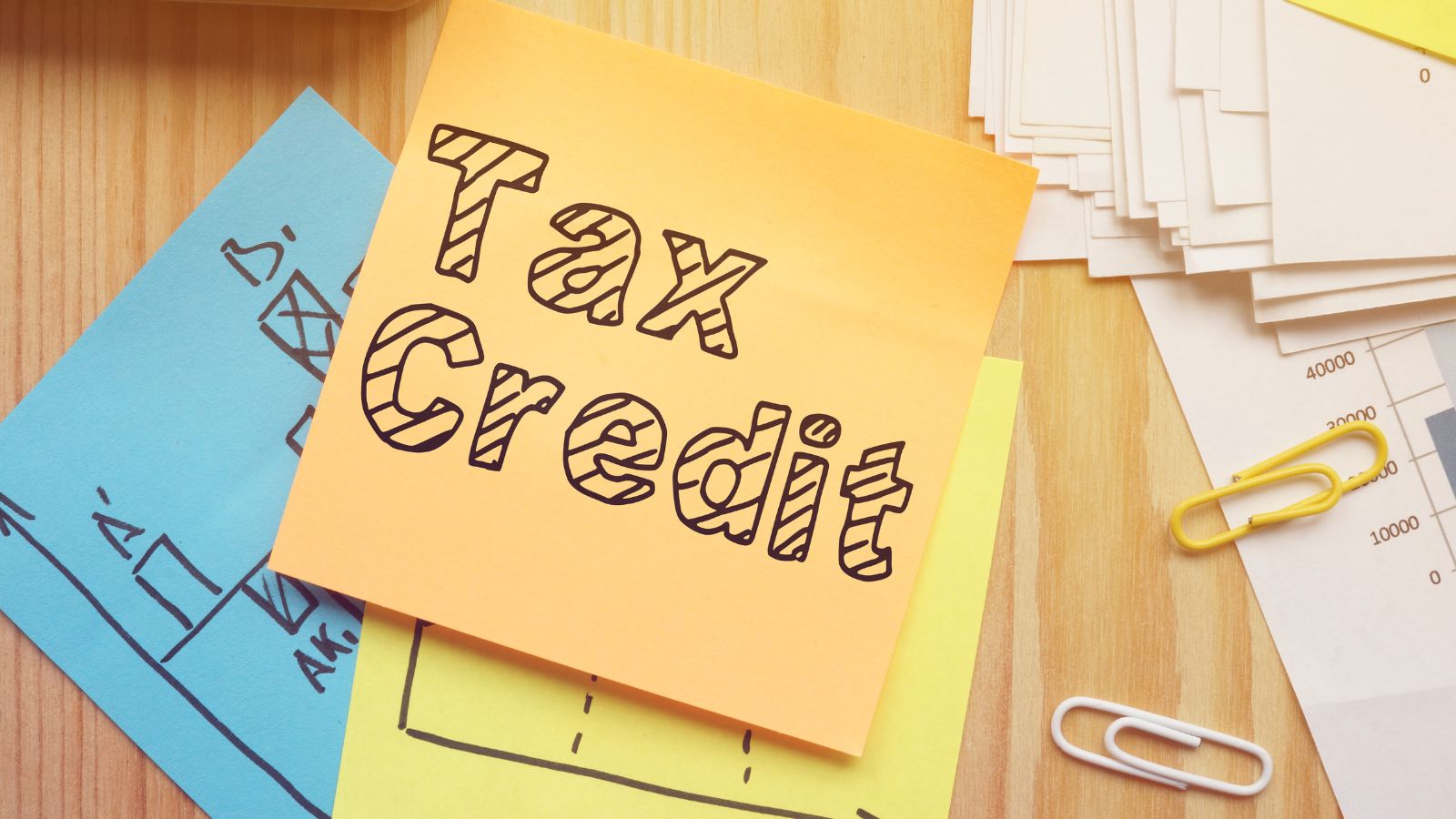
Dividend-paying stocks not only provide income but also carry tax advantages in Canada. Eligible dividends from Canadian companies are subject to a dividend tax credit, which reduces the effective tax rate compared to regular income. Many early retirees build portfolios heavily weighted with dividend stocks, using the credits to keep their tax bills low while enjoying steady cash flow. In some cases, retirees with modest income levels can pay little to no tax on dividends, offering a strategy that combines stability with long-term tax efficiency.
Leveraging Capital Gains Exemptions
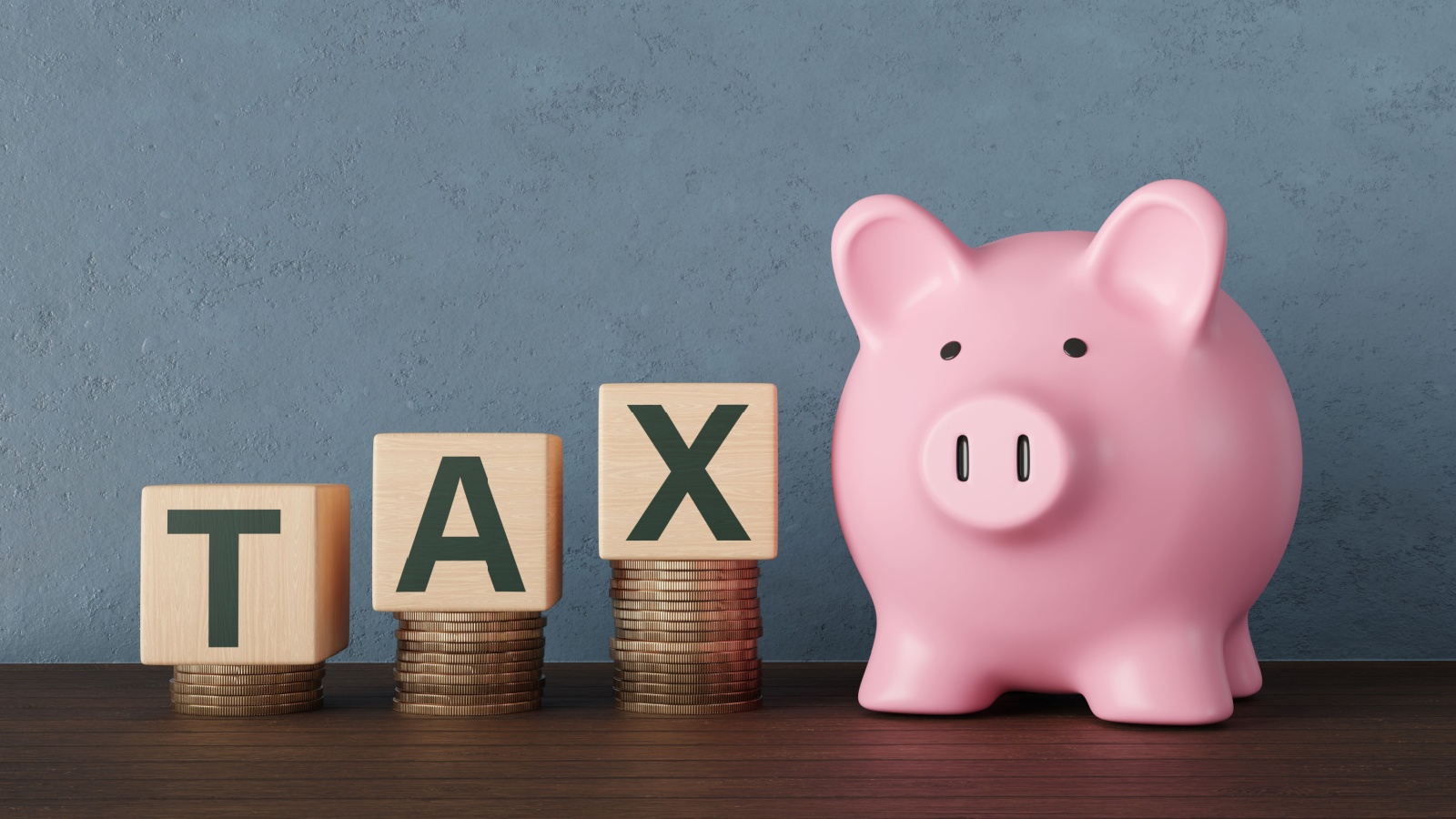
Canadians who invest in taxable accounts often use capital gains exemptions to their advantage. Only 50% of capital gains are taxable, making them more efficient than interest income. Retirees can time the sale of assets to trigger gains in low-income years, minimizing taxes further, and some even use gain harvesting by selling investments to realize small gains annually while staying in a low tax bracket, then reinvesting. For business owners, the Lifetime Capital Gains Exemption (LCGE) provides an even bigger opportunity, potentially sheltering hundreds of thousands in gains from taxation.
Deferring CPP and OAS Payments
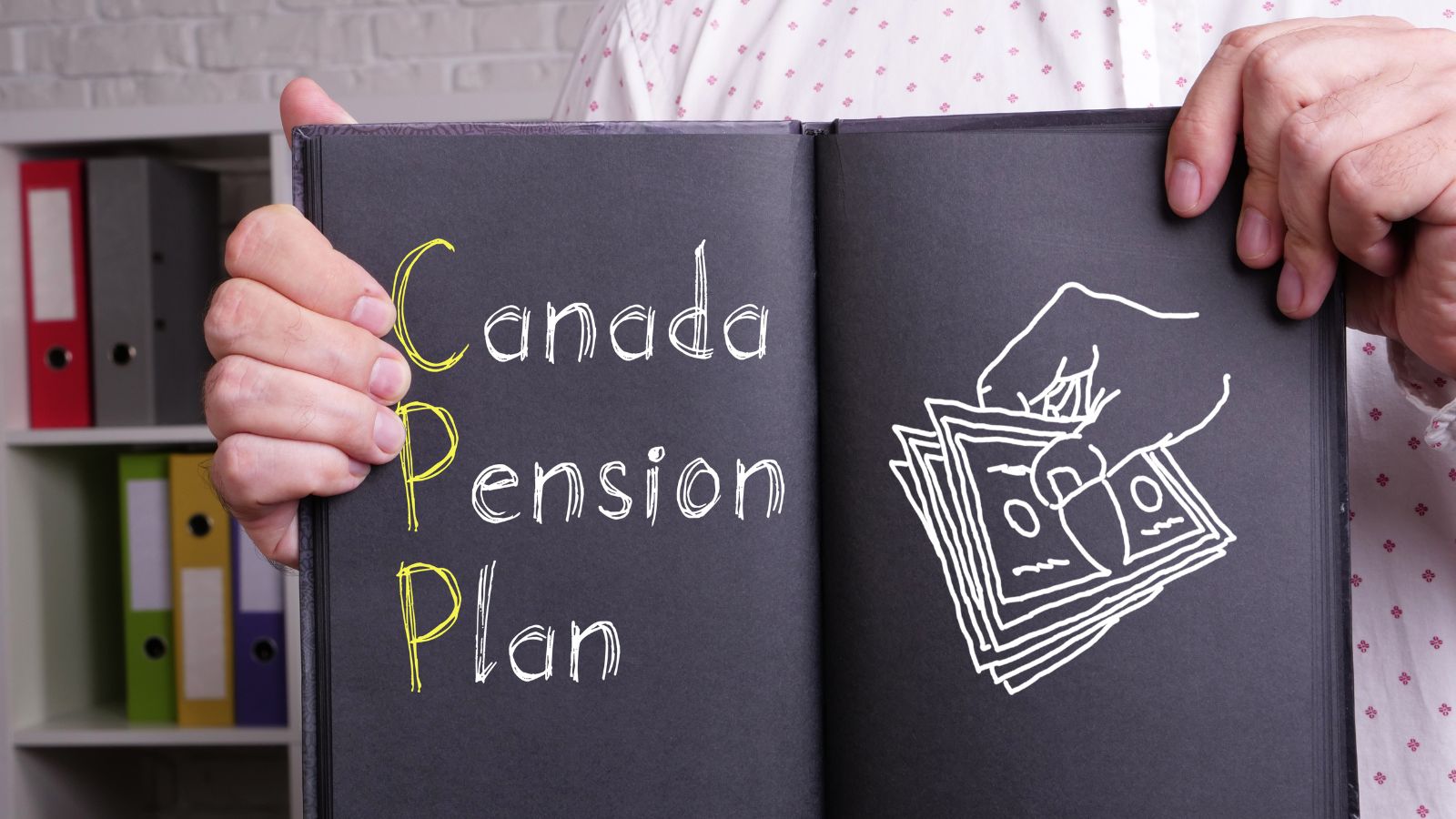
Delaying Canada Pension Plan (CPP) and Old Age Security (OAS) benefits is often a smart tax move for early retirees. Although it may seem counterintuitive, waiting until age 70 to collect results in higher monthly payments, while in the meantime, retirees can draw from RRSPs, TFSAs, or taxable accounts, often in lower tax brackets. This reduces the chance of OAS clawbacks and ensures more predictable income later in life. Many Canadians view this strategy as a way to balance early withdrawals with long-term security, while keeping taxes manageable.
Utilizing Spousal RRSPs
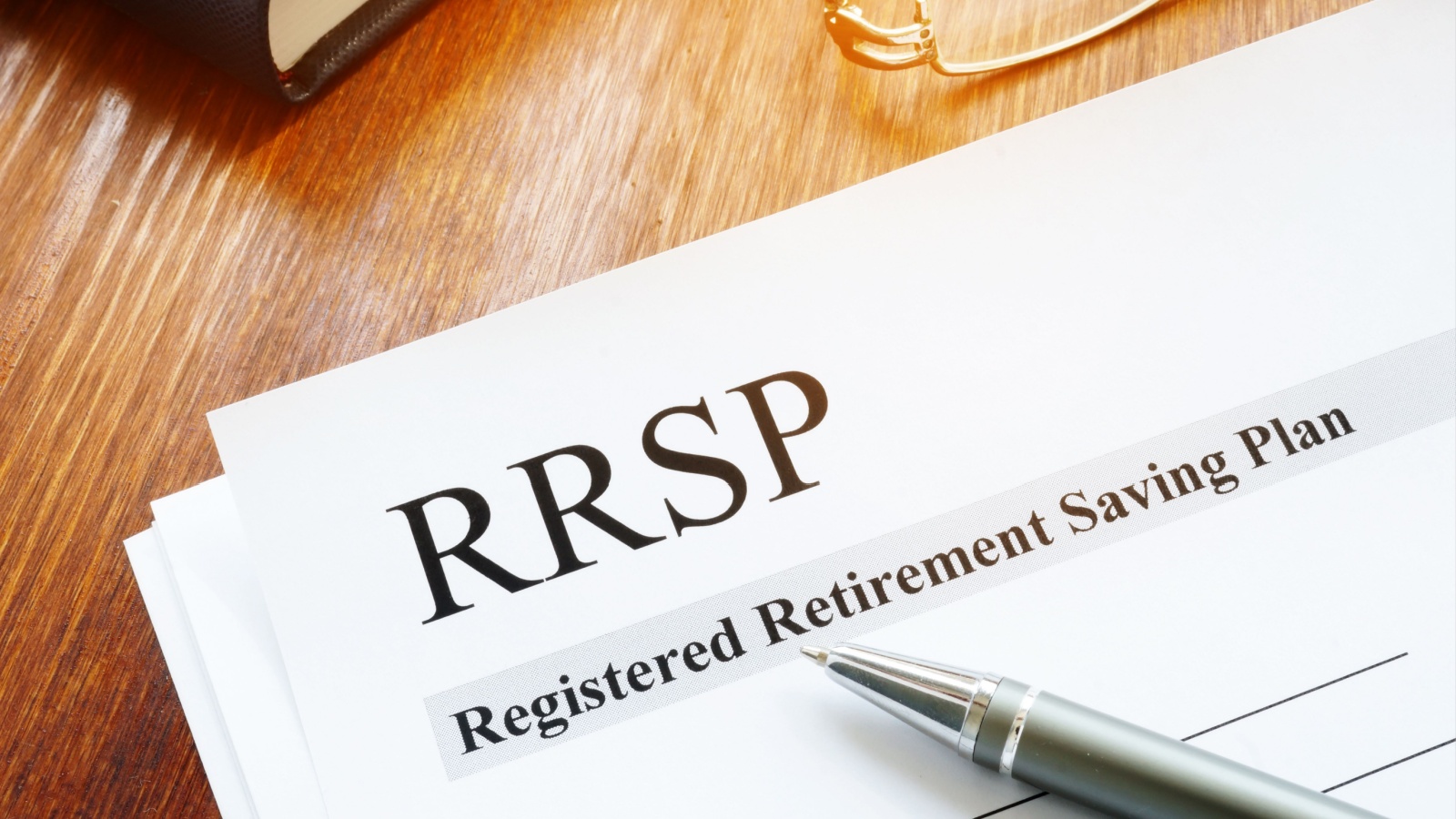
Spousal RRSPs are a powerful tax strategy for households with uneven incomes. The higher-earning partner contributes and gets the immediate tax deduction, while withdrawals in retirement are taxed in the lower-income spouse’s hands. For early retirees, this means both partners can draw down retirement funds more evenly, avoiding one person being pushed into a higher bracket, offering a way to ensure income is split fairly in the long run. Couples who plan ahead often find that this strategy accelerates their ability to leave the workforce earlier.
Claiming Home Office Deductions
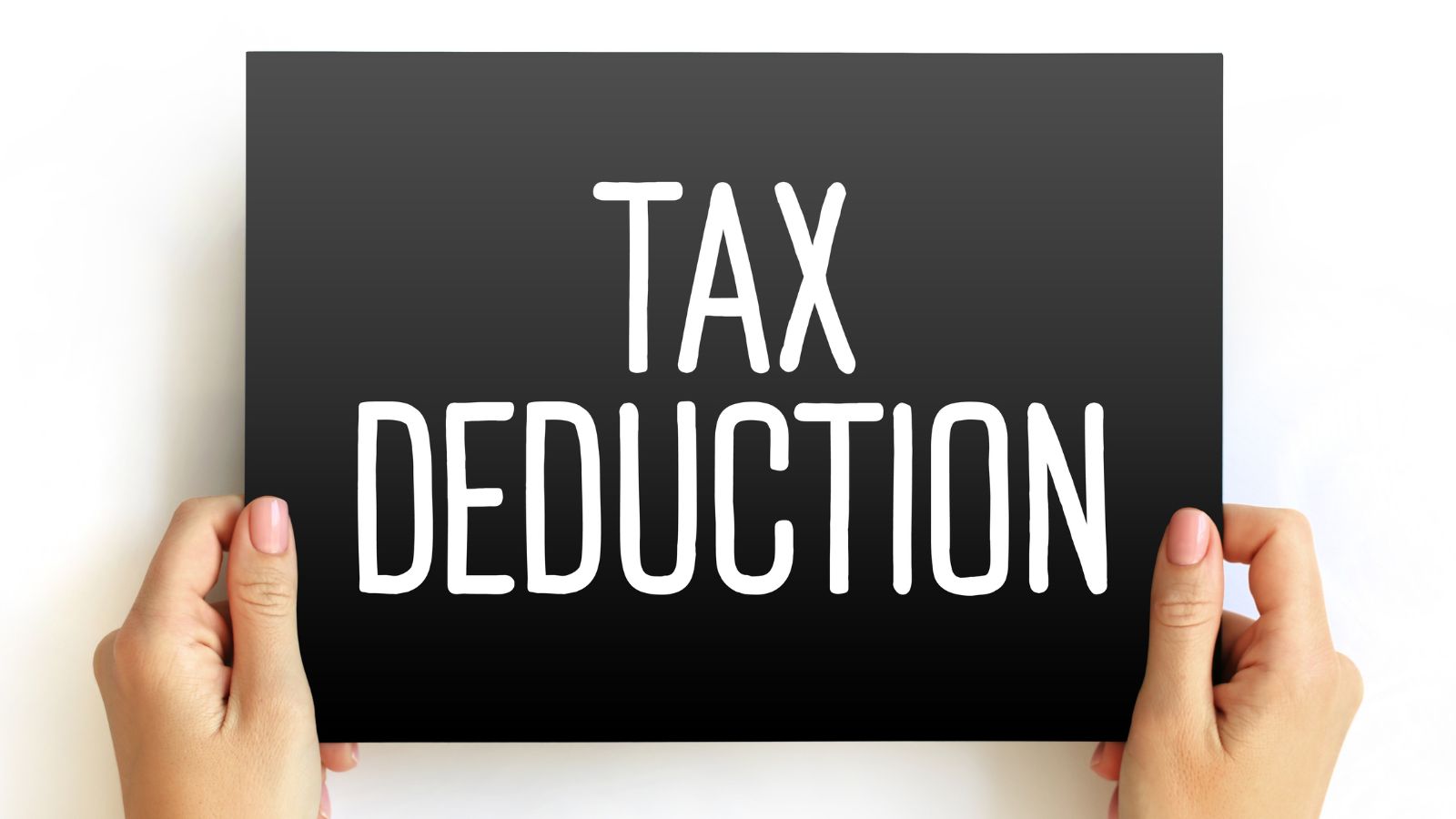
For Canadians pursuing side hustles or small businesses as part of their early retirement plan, home office deductions can make a significant tax difference. Expenses such as utilities, rent, and internet can be partially claimed against business income, which lowers taxable earnings. Additionally, even those working hybrid schedules can sometimes qualify. This deduction not only reduces the immediate tax bill but also frees up more money to save or invest toward retirement. With more Canadians working remotely, this overlooked tax perk is helping households fund their path to financial independence.
Taking Advantage of Medical Expense Deductions

Medical expenses can add up, but they can also be used strategically for tax relief. Canadians can claim eligible expenses for themselves, spouses, and dependents, reducing taxable income. By carefully timing and grouping expenses into a single year, retirees can maximize the deduction. For those who plan to retire early without employer benefits, this strategy offsets some of the cost of private healthcare. It’s a practical way to turn unavoidable expenses into tax savings, ensuring healthcare doesn’t derail early retirement plans.
Claiming Moving Expense Deductions

Early retirees sometimes relocate to more affordable parts of Canada, and moving expenses tied to employment or self-employment can be tax-deductible, with eligible costs including transportation, storage, real estate fees, and temporary housing. For those running online businesses or shifting to part-time consulting before full retirement, this deduction reduces the financial strain of relocating. Even students pursuing education before retirement can claim moving expenses. By reducing taxable income, this strategy frees up more funds for long-term savings, making early retirement both affordable and practical.
Leveraging Tax-Loss Harvesting

Tax-loss harvesting is a strategy many Canadians use to reduce taxable income while maintaining investment exposure. By selling investments that have declined in value, investors can offset capital gains from other assets. Retirees often repurchase similar, but not identical, securities to stay invested, avoiding superficial loss rules, which works particularly well during volatile markets, turning short-term setbacks into long-term advantages. For early retirees managing taxable accounts, it’s a way to keep their investment plan on track while trimming tax bills year after year.
Maximizing Charitable Donation Credits

Generous giving isn’t just good for the community, but it can also reduce tax bills. Charitable donations in Canada qualify for tax credits, with larger gifts earning higher credits, and savvy retirees often bundle donations into a single year to maximize the benefits. Some also donate appreciated securities directly, avoiding capital gains tax entirely while still receiving the charitable credit. This approach allows Canadians to support causes they care about while simultaneously lowering taxable income, making philanthropy a smart part of an early retirement tax plan.
Incorporating a Holding Company

Entrepreneurs and self-employed Canadians often use holding companies as a tax-efficient retirement strategy. By leaving profits inside a corporation, taxes can be deferred until funds are withdrawn. This allows investments to compound at a lower tax rate compared to personal income, and retirees who eventually wind down their companies can time withdrawals strategically in low-income years, keeping overall taxes lower. While this approach requires professional guidance, it’s increasingly popular among Canadians who want to retire early without immediately drawing a large personal income.
Taking Advantage of Education Tax Credits
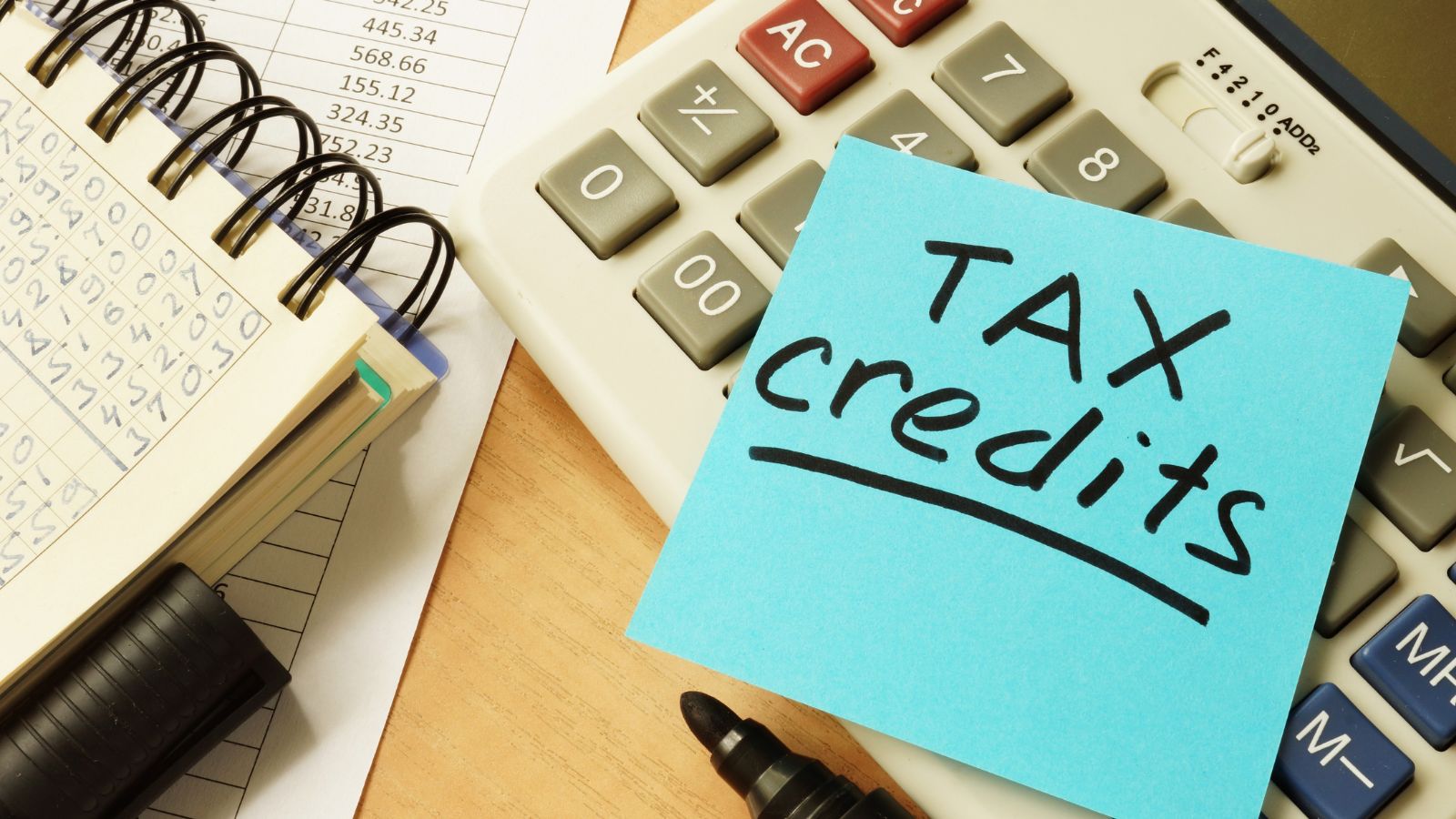
Some Canadians planning for early retirement return to school temporarily to reskill, start new ventures, or pursue passion projects. Tuition and education expenses are eligible for federal and provincial tax credits, which reduce overall taxes owed. Retirees often transfer unused credits to a spouse or carry them forward for future years. This strategy not only makes education more affordable but also creates a tax-efficient way to prepare for a new phase of life, creating a smart blend of personal growth and financial planning.
Using RRSP Withdrawals Strategically Before Age 71
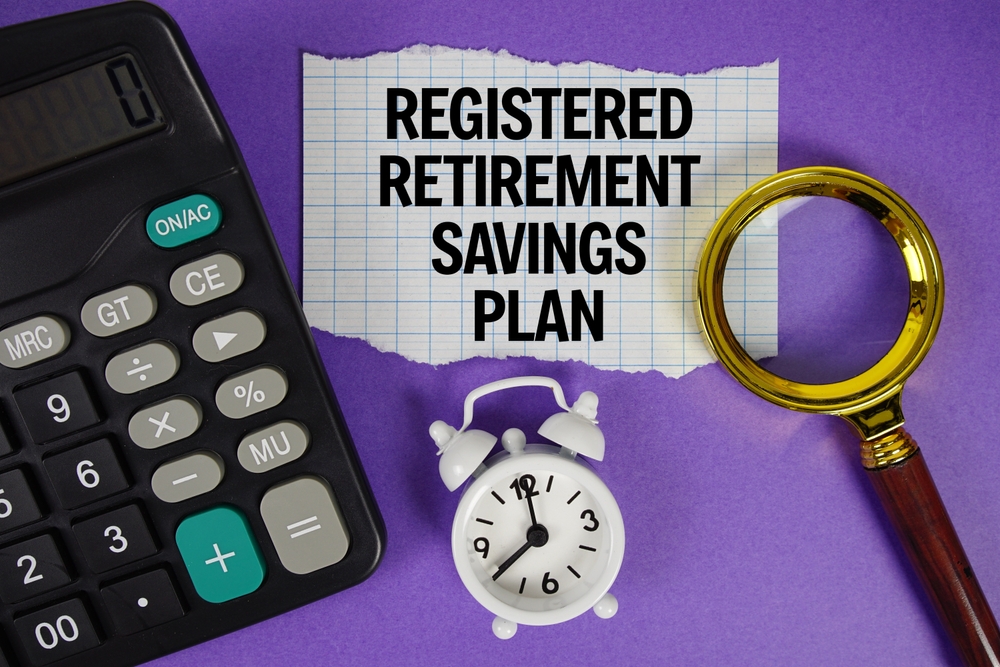
Rather than waiting until mandatory RRIF conversion, many early retirees strategically withdraw from RRSPs in lower-income years. Doing so spreads out taxable income, preventing large lump-sum withdrawals later that could push them into higher brackets. This approach often works hand-in-hand with delaying CPP and OAS, smoothing out retirement cash flow. Canadians who implement this strategy avoid the risk of being overtaxed in their 70s and beyond, ensuring their retirement funds last longer.
Claiming the GST/HST Credit
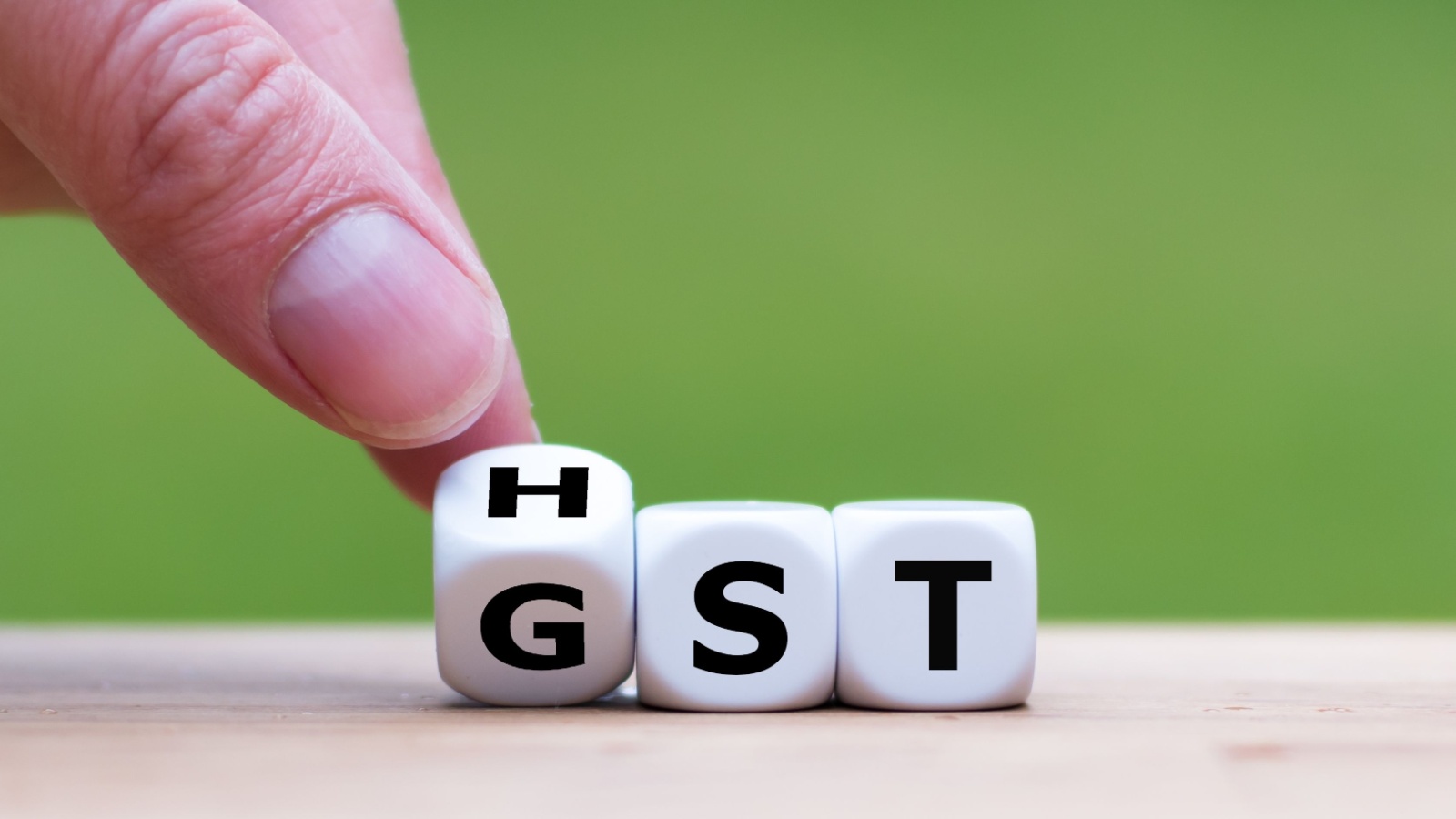
Many Canadians overlook the GST/HST credit, which is a tax-free quarterly payment designed to support lower- and middle-income households. Early retirees with modest taxable incomes often qualify, making it a useful tool for offsetting living costs. Since eligibility is based on income rather than assets, even those with sizable savings can still receive the benefit if they’re living off lower taxable withdrawals. This credit adds an extra layer of financial support, helping retirees stretch their budgets further while keeping taxes manageable.
Taking Advantage of the Age Amount Credit Early

While typically associated with older retirees, some Canadians benefit from planning around the age amount credit in advance. By understanding eligibility thresholds, early retirees can structure withdrawals and income sources to ensure they qualify when the time comes. Keeping taxable income within the right range allows them to maximize this credit once they reach 65, while forward planning ensures they don’t miss out on this tax break, which can add thousands to retirement income.
Using Tax-Free Bonds and GICs

Some early retirees turn to tax-efficient fixed income like provincial bonds or carefully selected GICs held in registered accounts. By structuring investments within TFSAs or RRSPs, retirees eliminate or defer taxes on interest income. This ensures a steady, predictable stream of income without inflating taxable earnings. While not as exciting as equities, these products provide peace of mind, especially when paired with more aggressive investments elsewhere. For Canadians retiring early, they offer both safety and a layer of tax-smart income planning.
Claiming Disability Tax Credits When Applicable
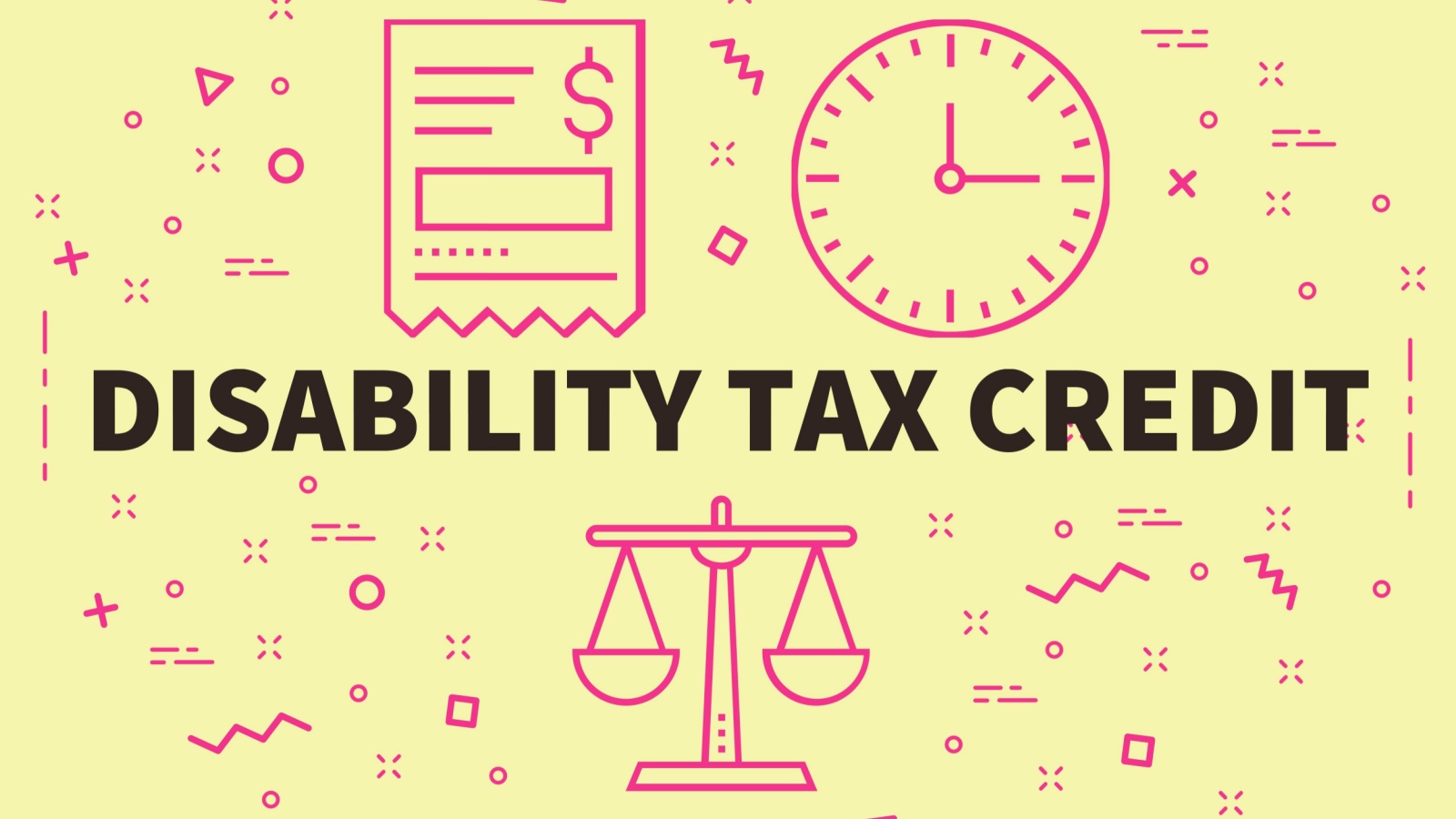
For Canadians with medical conditions or disabilities, the Disability Tax Credit (DTC) provides significant tax relief. Even those planning early retirement may qualify, which can lower taxable income and free up cash flow. Additionally, unused credits can be transferred to a supporting family member in some cases. This benefit not only reduces taxes but also allows for additional savings through programs like the Registered Disability Savings Plan (RDSP). By combining these supports, retirees with health challenges can secure greater financial stability, making early retirement more achievable.
Using Income Averaging with Self-Employment

Canadians transitioning into consulting or freelancing as part of their early retirement often face uneven income years. By strategically using deductions, deferrals, and incorporation, they can smooth out income across multiple years. This prevents them from being taxed heavily in high-earning years while underusing lower brackets in leaner years. Some also use RRSP contributions during peak years to lower taxable income, then draw funds strategically later. Income averaging ensures taxes are minimized, making part-time retirement ventures more financially rewarding.
Leveraging Foreign Tax Credits
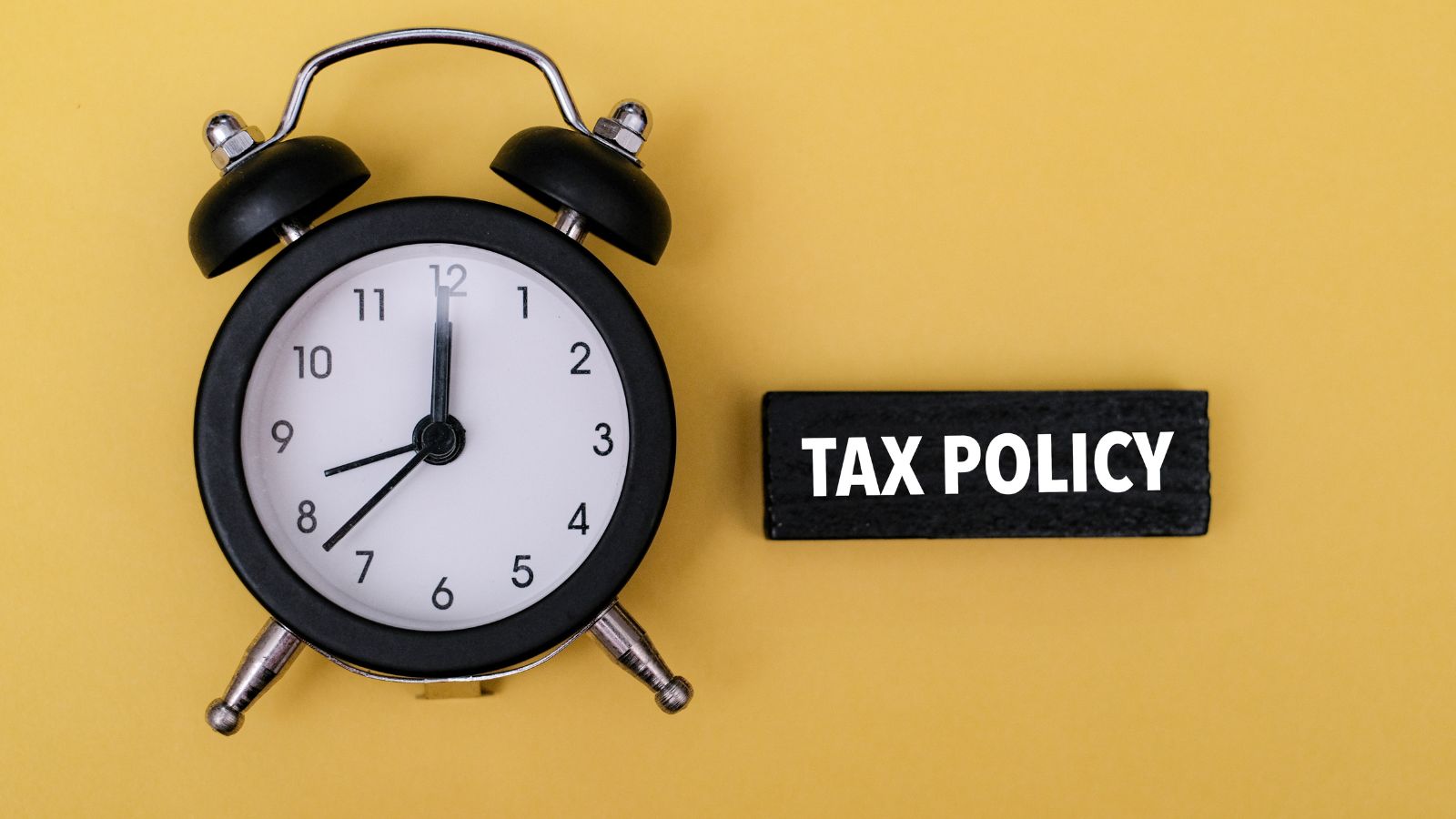
For Canadians investing internationally, foreign dividends and gains can be subject to withholding taxes. By claiming the foreign tax credit, retirees avoid being taxed twice on the same income. Proper structuring of accounts, such as holding U.S. stocks in RRSPs to avoid withholding, further maximizes efficiency. This strategy is crucial for retirees relying on global diversification to sustain long-term growth. By minimizing unnecessary tax leakage, Canadians keep more of their investment returns, accelerating their path to a sustainable early retirement.
Claiming the First-Time Home Buyer’s Plan Strategically

Some Canadians planning for early retirement use the RRSP Home Buyers’ Plan (HBP) strategically to purchase a home without triggering taxes. By borrowing from their RRSP for a down payment, they avoid high-interest loans, then repay the funds over time. For those aiming to downsize later in retirement, this strategy helps secure housing affordability early, reducing future costs. Used wisely, it not only lowers taxable income but also ensures that one of the largest retirement expenses, like housing, is handled efficiently, offering a long-term tax play disguised as homeownership planning.
Planning Around Minimum RRIF Withdrawals
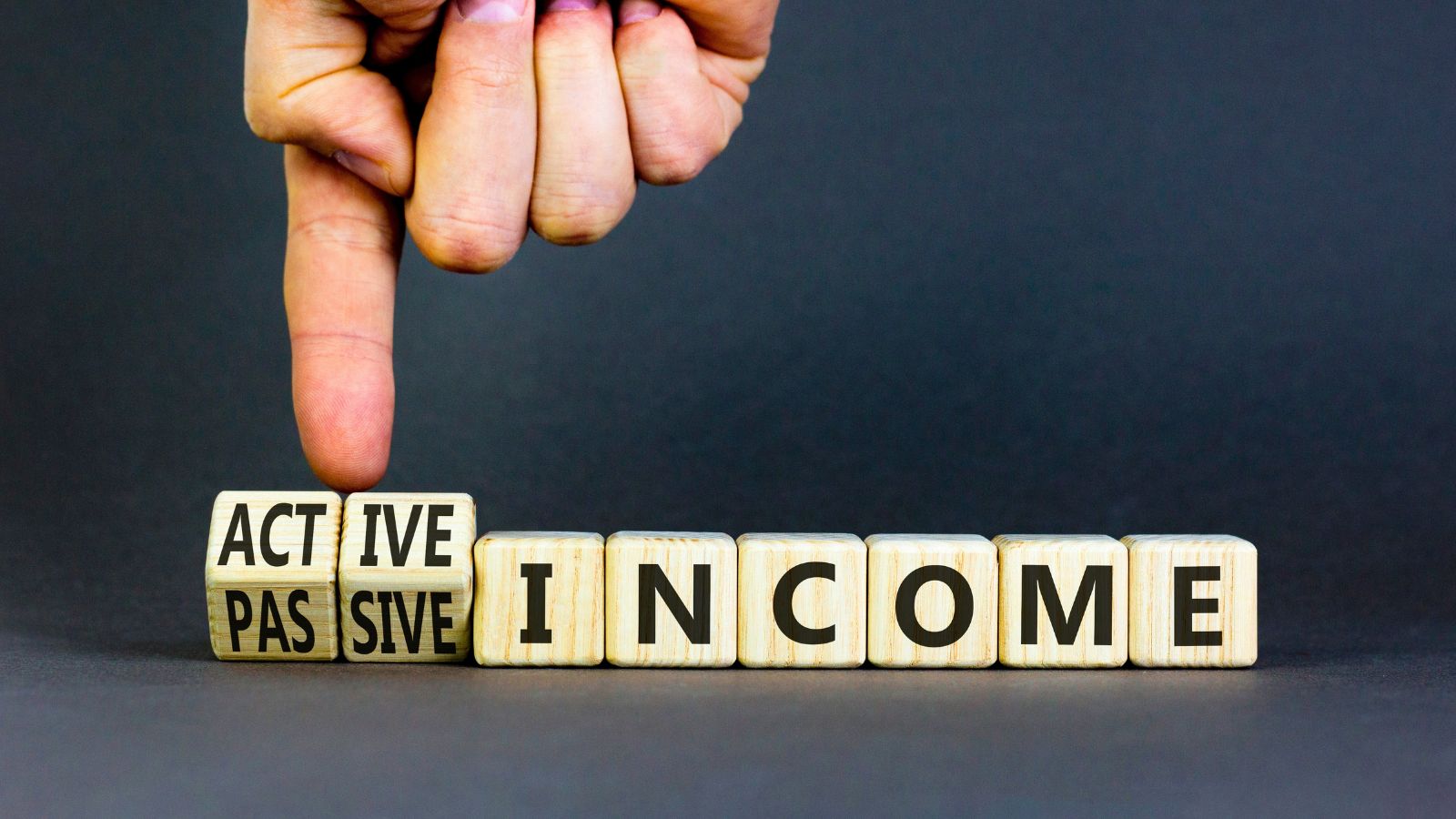
Once RRSPs are converted into RRIFs, retirees must withdraw a minimum amount each year, which can create higher taxable income than desired. Early retirees often plan ahead, making pre-71 withdrawals or shifting funds into TFSAs to reduce the eventual impact. This keeps taxable income smoother and avoids OAS clawbacks, and it also provides flexibility in retirement spending. Canadians who plan carefully ensure they control the timing of their withdrawals instead of letting government rules dictate their tax burden. This foresight makes early retirement far more sustainable.
21 Products Canadians Should Stockpile Before Tariffs Hit

If trade tensions escalate between Canada and the U.S., everyday essentials can suddenly disappear or skyrocket in price. Products like pantry basics and tech must-haves that depend on are deeply tied to cross-border supply chains and are likely to face various kinds of disruptions
21 Products Canadians Should Stockpile Before Tariffs Hit
